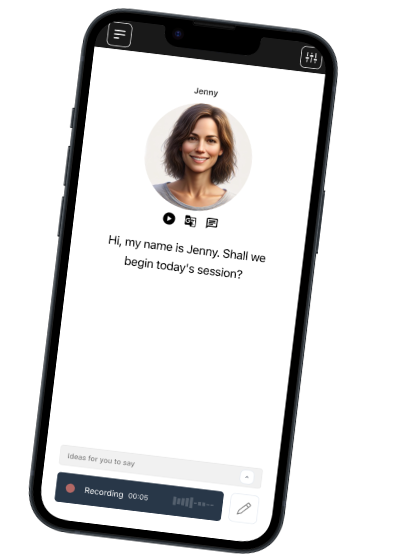Founded in Denmark. We respect your privacy.
Join a worldwide community of language learners
Using Music to Learn English: How Songs Can Improve Pronunciation and Vocabulary
Last updated on
Learning English through traditional methods can be effective, but incorporating fun elements like music can make the process even more engaging. Music not only brings a cultural context to language learning but also helps with pronunciation, rhythm, vocabulary, and even listening comprehension. In this article, we’ll explore how using songs can enhance your English skills and share some practical tips to start learning with music today.
1. Improve Pronunciation Through Imitation
When singing along to English songs, you’re naturally mimicking the sounds, intonation, and rhythm of native speakers. This is especially helpful for practicing tricky sounds, syllable stress, and the natural flow of English. Songs also tend to exaggerate certain sounds and syllables, making it easier to pick up nuances in pronunciation.
How to Get Started:
- Choose slower songs to begin with, as these make it easier to hear and mimic individual sounds.
- Focus on songs where the lyrics are clear and easy to follow, such as acoustic or ballad genres.
- Repeat challenging lines, paying attention to the way words are connected or emphasized.
2. Expand Vocabulary with Real-Life Contexts
Songs often use idiomatic expressions, slang, and informal language that you may not encounter in textbooks. Learning through music allows you to pick up vocabulary in context, making it easier to remember and understand how words are used in everyday conversation.
How to Get Started:
- Choose songs with lyrics that are easy to understand or match your current level.
- Use a tool like Talkio to analyze the lyrics for vocabulary and see examples of phrases used in different contexts.
- Make a list of new words or phrases and try to use them in your own sentences.
3. Practice Listening Skills with Varied Accents and Styles
Music exposes you to different English accents, from American to British to Australian, as well as variations in tone and style. Listening to a variety of accents through songs can help improve your listening comprehension and adaptability.
How to Get Started:
- Listen to a range of genres and artists from different English-speaking countries.
- Try to identify accent-specific words or pronunciations and practice them.
- Replay the songs and try to sing along, imitating the artist’s accent and style.
4. Understand Sentence Rhythm and Natural Flow
English has a unique rhythm, with stressed and unstressed syllables that give it a “beat.” Songs emphasize this rhythm, making it easier for you to get used to the natural flow of English. This can help you sound more fluent and improve your confidence when speaking.
How to Get Started:
- Choose songs with repetitive choruses to practice rhythm and flow without too much complexity.
- Clap along or tap your hand to the beat to internalize the rhythm of the words.
- Try recording yourself singing a line from the song and compare your rhythm with the original to see where you can improve.
5. Memorize Grammar and Sentence Structure Through Repetition
Songs often repeat phrases and grammatical structures, making it easy for you to memorize sentence patterns without consciously studying grammar. Through listening and repetition, you can learn the structure of questions, verb conjugations, and common sentence formations.
How to Get Started:
- Pick songs with simple, repetitive lyrics to reinforce grammar naturally.
- Identify patterns (e.g., how questions are formed, verb tenses used) and try using them in your daily conversations.
- Sing along to the song multiple times until the phrases become second nature.
Recommended Songs for Learning English
Here are a few song recommendations for different skill levels to help you get started:
- Beginner: “Let It Be” by The Beatles, “Someone Like You” by Adele
- Intermediate: “Shape of You” by Ed Sheeran, “Count on Me” by Bruno Mars
- Advanced: “Lose Yourself” by Eminem, “Rolling in the Deep” by Adele
Tips for Learning English with Music
- Use Lyrics: Read along with the lyrics as you listen to fully understand the song’s words and meaning. Websites like Genius or Musixmatch are great resources.
- Break Down the Song: Focus on a verse or chorus at a time rather than trying to learn the entire song in one go.
- Use a Pronunciation Tool: Tools like Talkio can help you analyze the pronunciation and intonation in songs, giving you feedback on areas to improve.
- Have Fun: Most importantly, enjoy the music! Learning is more effective when you’re engaged and having a good time.
Conclusion
Using music to learn English can be a refreshing and powerful approach to language practice. By regularly listening to and singing along with English songs, you can improve pronunciation, expand vocabulary, and become more comfortable with the natural rhythm of the language. So grab your headphones, pick a song you love, and let the music help you become a more fluent English speaker!
Talk Your Way
to Fluency

Talkio is the ultimate language training app that uses AI technology to help you improve your oral language skills!
Try Talkio

